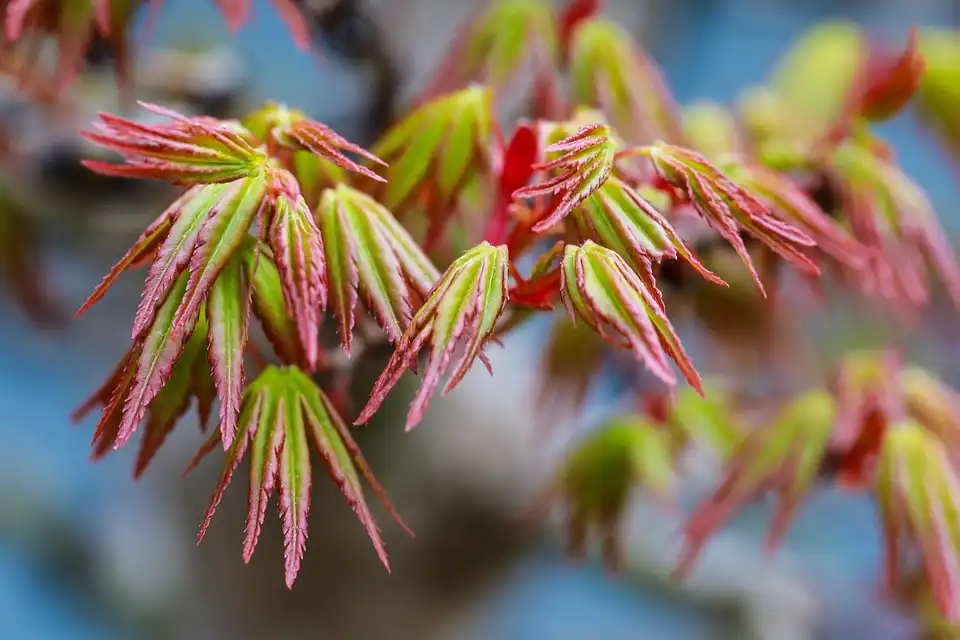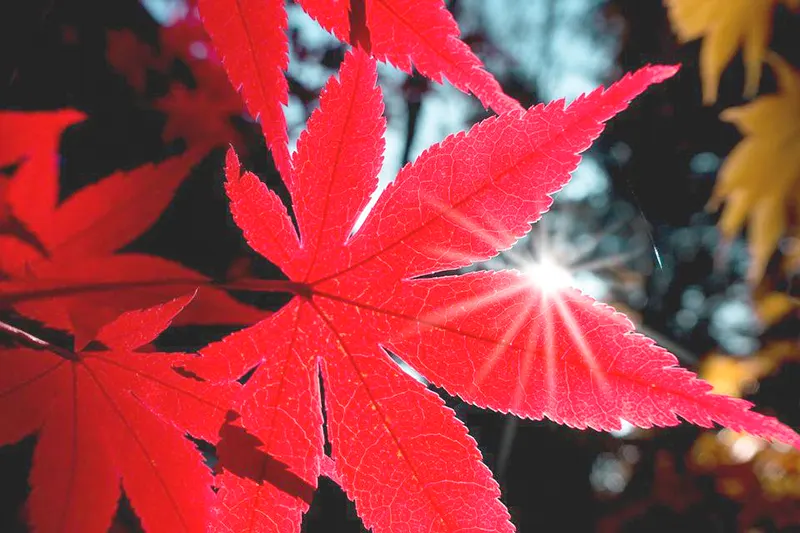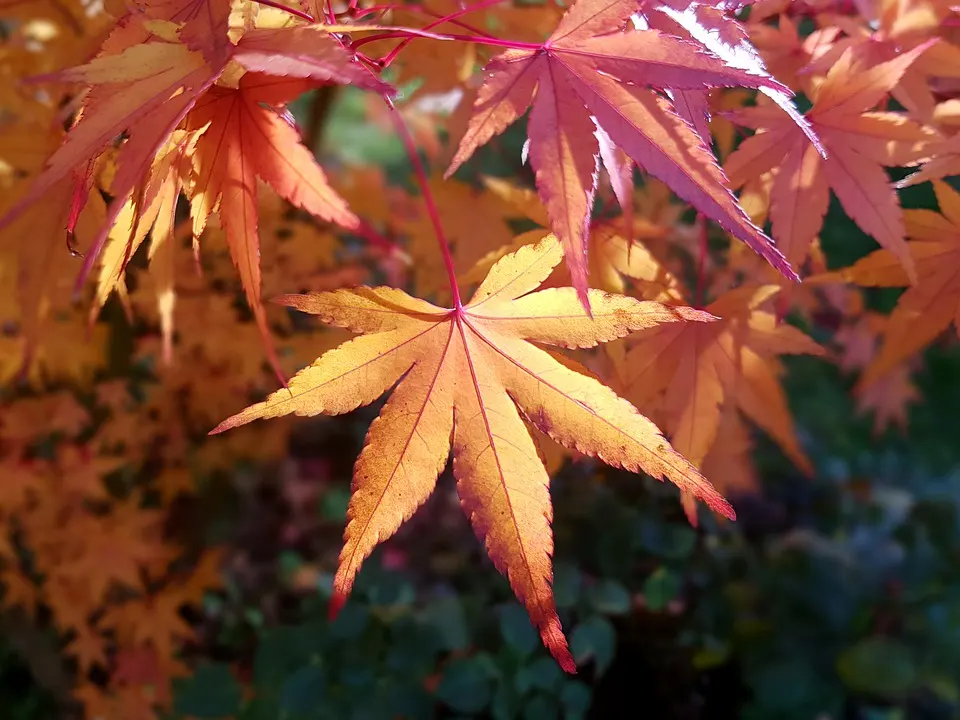Japanese Maple Bonsai Tree Diseases And Pests
Bonsai plants are great for decorating the interiors with miniature growths and improving aesthetics and health conditions. There are many such plant varieties you can find in the market, out of which the Japanese Maple is one of the best-known bonsais. This plant is highly appreciated and praised for its colorful appearance, delicate and blooming foliage, and longer lifespan.
The bonsai Japanese maple plant is deciduous. Its size ranges from 5 to 25 feet, based on species. Its unique feature lies in the palmate-shaped leaves with five lobes that create an eye-catching appeal. As the plant is quite delicate, we have discussed the care and growth instructions below. Other than this, we will also highlight some of the diseases this plant is prone to and the pests you should be wary of.
Pests And Diseases That Can Harm The Japanese Maple BonsaiBonsai Plants And Ruin Its Appeal
Like any other bonsai plant, the Japanese Maple is prone to many diseases and damage from pests. Since the plant is so delicate, taking proper care is necessary. But to do so, you must have a clear idea about these most common pests and diseases that can affect the brilliance of the plant.
Pseudomonas Syringae: Pest
The most common pest that affects the Japanese Maple bonsai is Pseudomonas syringae, which thrives on plants suffering from damage beforehand. Spots develop on the leaves while the veins darken in color to the extent you consider it black.
Verticillium Wilting- Disease
This is one of the most concerning problems with Japanese Maple, where an entire branch can be affected. The initial symptom is discoloration of leaves and dying. Then, it will spread gradually to other healthy leaves on the same branch, affecting the branch itself. If not removed at the initial sighting of the symptom, the maple bonsai won’t last for a long time.
Anthracnose- Disease
Anthracnose is a fungal disease usually caused due to high humidity during the rainy seasons. Here, the fungus attacks the leaves and stems, forming spots throughout. Even if you prune the affected leaves and stems, the fungus will remain attached to the pruned plant parts. As a result, they can thrive on them before releasing the spores. Hence, if one leaf of the Japanese Maple is affected, all other parts will suffer from the disease if proper care is not taken.
Aphids- Pest
Aphids are sucking pests, often found in the leaves of the Japanese maples. These insects are relatively small and hard to identify. They take nutrients from the leaves, causing them to dry and fall off. Besides, the infestation usually occurs at a large scale, and multiple leaves are affected simultaneously. This reduces the canopy volume and minimizes the brilliance of the leaves.
Powdery Mildew- Disease
This is one of the most common diseases that most Japanese maple bonsais are affected by. Here, the top surface of the leaves forms a white, powdery layer caused due to mildew fungus. If you have kept the bonsai in a humid area or under direct sunlight, the chances of powdery mildew grow by ten times. The related fungus also thrives when the leaves of the maple bonsai don’t receive enough air.
Japanese Maple Scale- Pest
This is one of the most common but hazardous pests for the Japanese maple species. They have a white armored crust on top, within which the pests hide for protection. Their white armors are easy to spot when present on the stems and dark bars. Since they suck plant sap from within the stems and bark, you can see the leaves wilting earlier than the expected time, drying barks, and death in case of extreme infestation.
Japanese Maple Bonsai: Variations in Species
The Japanese Maple bonsai plant is available in a myriad of varieties that differ in height, canopy volume, color, and more, which have been listed in the below section:
- Deshojo: It can grow up to about 10 feet in length. The foliage has a carmine red color, whose undertones can darken and give off the vibes of brilliant and rich scarlet.
- Arakawa: In this variety, the leaves have five to seven lobes with pointed tips and a slender structure. At a young age, the foliage is dark green. But by the time it’s ready to shed, the leaves turn bright yellow.
- Katsura: Katsura is almost similar to the Arakawa variety, with the only difference in foliage volume and color. Its canopy is less dense, with the leaves spaced at a generous distance from each other. The foliage color can vary from green to bright orange and yellow mix.
- Seigen: If you want a bonsai with striking colors at a young and mature age, Seigen is the best Japanese maple variety. The leaves are more minor but appear bright pink during the spring. As the season changes into summer, these leaves change into green, followed by dark orange or red.
- Shishigashira: This is quite a unique Japanese maple bonsai with curved leaves and purple or red foliage when harvesting. Initially, the leaves have orange shades, transforming into green and purple-red.
Reasons to Add Japanese Maple Bonsai To Your Home
Suppose you wonder why Japanese Maple is one of the most chosen bonsai. In that case, we hope the below reasons are enough to give you the clarification you need.
- First of all, Japanese Maple is available in five different varieties, with varying shapes of foliage, leaf structures, colors, and other characteristics. Therefore, you can combine two or more types and make the landscape more beautiful.
- If taken care of correctly and received everything in apt amount, the bonsai can last for about 100 years, marking itself as one of the oldest bonsais.
- Some Japanese Maple breed inconspicuous flowers have rounded and elongated lobes instead of petals that complement the leaf structures.
- This plant does not grow much tall when used as a bonsai. But its canopy is pretty much voluminous, which will help you eliminate vacancy in your house.
- The Japanese maple tree can easily withstand extreme temperatures without suffering damage.

Final Thoughts
Taking care of Japanese maple bonsai is not as easy as it seems. You must consider physical and environmental factors to ensure that pests and diseases aren’t affecting them. For example, you cannot keep the plant directly under the sunlight. You cannot even add water throughout the year because, in winter, it will cause freezing. So, if you have Japanese maple bonsai or want to get one, prepare for its care and maintenance beforehand.







